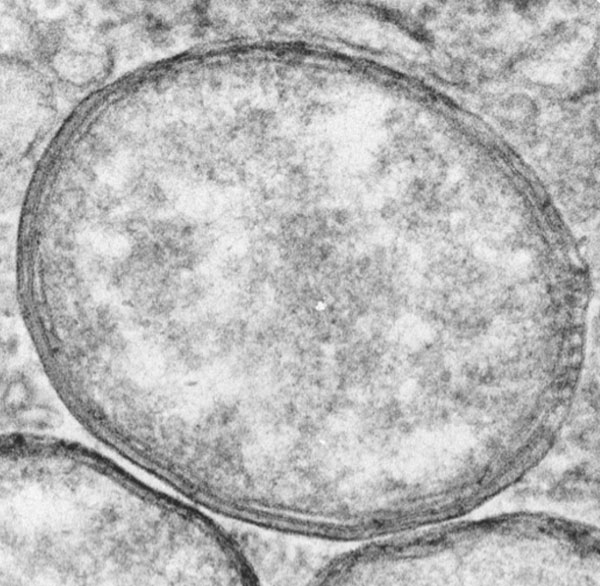What is Wolbachia

25 May 2021

A Wolbachia bacterium inside an insect cell
Wolbachia are naturally occurring bacteria found in about half of all insect species, and other invertebrates such as spiders and nematodes. Wolbachia can only live inside host cells, but not in the environment. Wolbachia can only be naturally transmitted to the offspring by the Wolbachia infected mothers and cannot be horizontally transmitted between insects.
Many mosquitoes, including some of the major disease-transmitting species, carry Wolbachia naturally. For example, Aedes albopictus carries two Wolbachia strains that occur together. However, Aedes aegypti does not naturally carry Wolbachia. In 2005, Wolbachia was successfully transferred into Ae. aegypti via microinjection technique in the laboratory. While naturally occurring Wolbachia have no effects on their original hosts, the newly introduced Wolbachia into Ae. aegypti can affect the mosquito species in 2 ways:
1.Cytoplasmic incompatibility (CI); occurs when Wolbachia infected males mate with wild females (not infected with Wolbachia). This will results in the production of non-viable eggs.
2.Pathogen interference; occurs when both Wolbachia infected male and female mate with wild male and female mosquito (not infected with Wolbachia), the eggs laid will hatch and all the offspring will carry Wolbachia. Dengue and other viruses, such as Zika virus, cannot grow in Wolbachia infected female mosquitoes. This is known as pathogen interference.

Comments are closed.